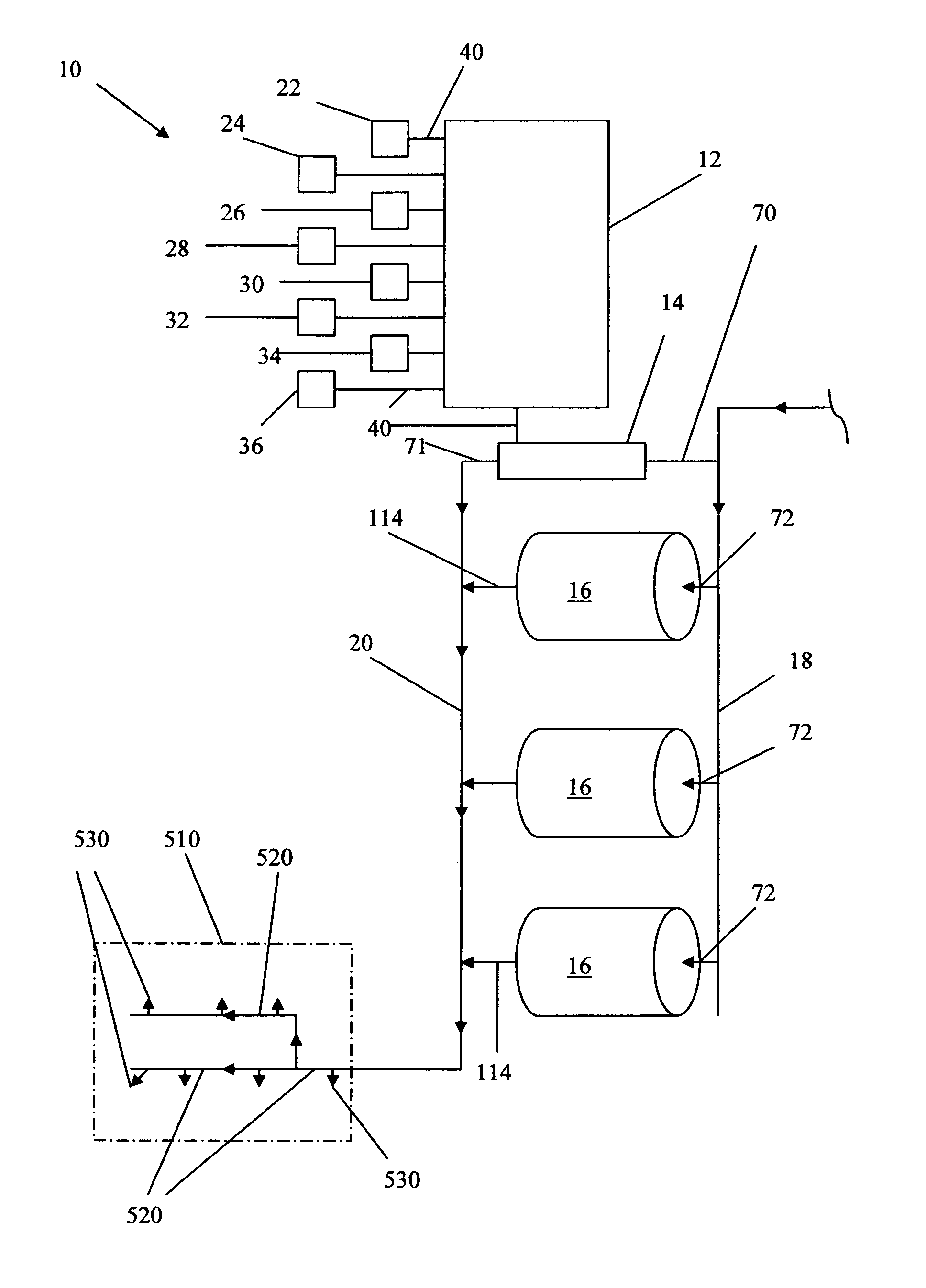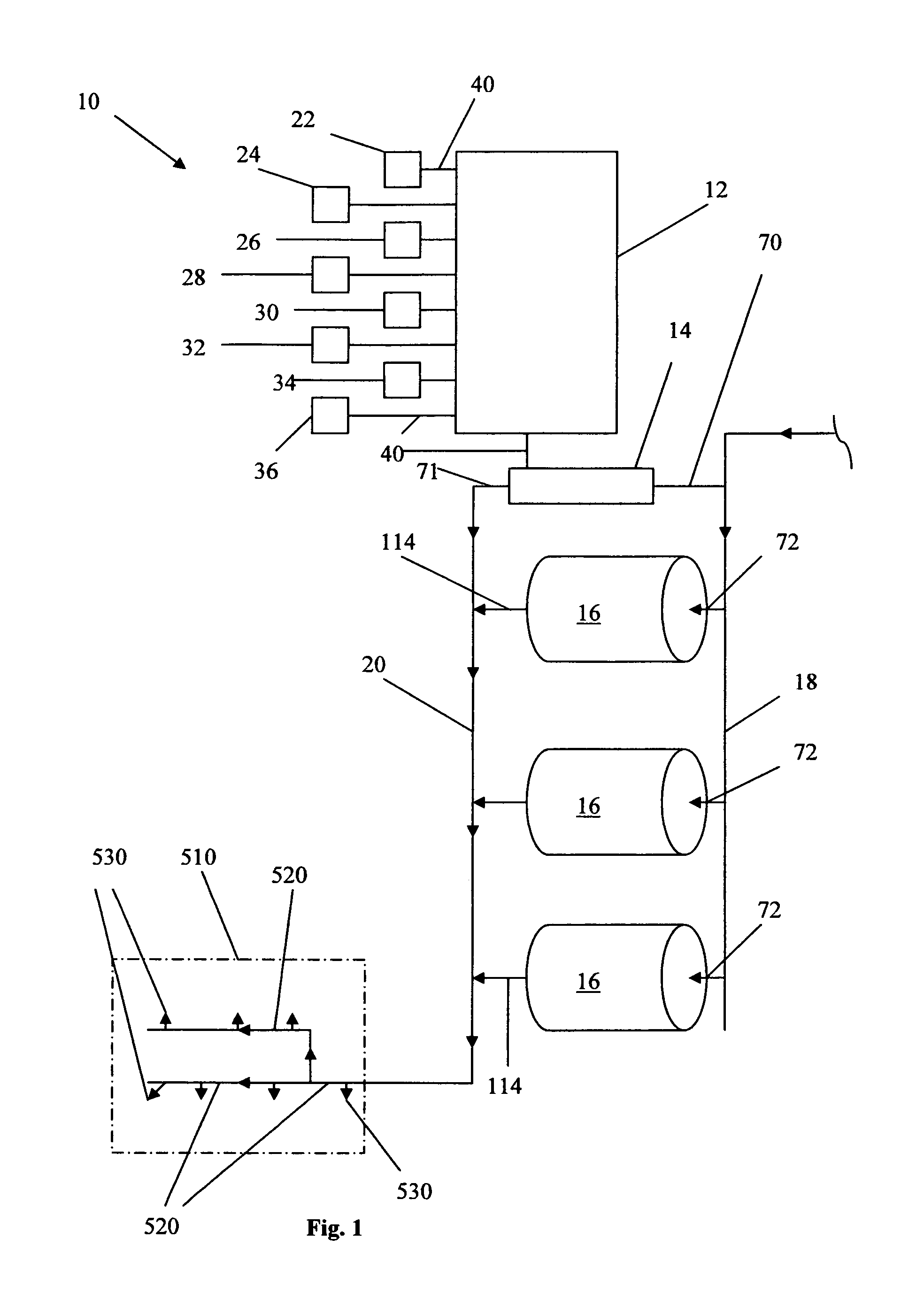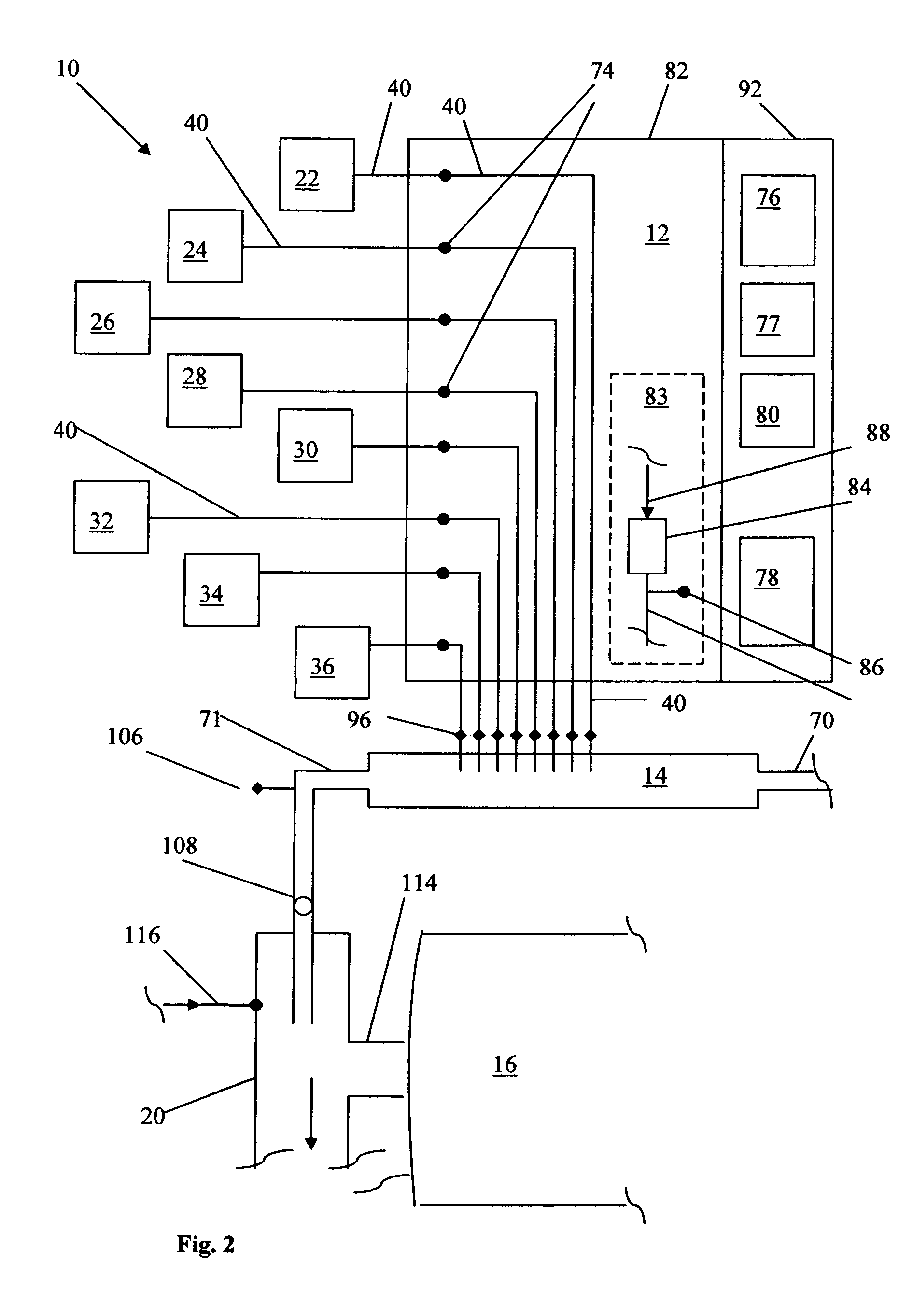Method and system for agricultural fertigation
a technology of agricultural fertigation and agricultural nutrient content, applied in the field of agricultural fertigation, can solve the problems of increasing water availability, increasing the need, and reducing the labor expended in the addition of fertilizers, and achieve the effect of increasing the content of fertilizer
- Summary
- Abstract
- Description
- Claims
- Application Information
AI Technical Summary
Benefits of technology
Problems solved by technology
Method used
Image
Examples
example 1
In-Situ Manufactured Fertigation of the Present Invention
[0160]The nutrient profiles (below) are satisfied with seven fertigations (each designated by the first date of a series of five fertigation sets) and the simultaneous charging of up to seven co-reactant fertilizer-nutrient feedstock raw materials at separate, but proximate, feed points along the irrigation system's main line. These co-reactant fertilizer-nutrient feedstock raw materials, upon intermixing and reacting within the main line, produce the present invention's enhanced fertilizers. The in-situ manufacturing method of the present invention provides the flexibility that permits the number of fertigations to be limited to seven (for a total of thirty-five fertigation sets) and matches, without exceeding, the nutrient profiles. In other words, unlike Comparative Example A's conventional fertigation in which, due to the inflexibility of nutrient ratios of the commercial fertilizers, meeting the nutrient profiles requires...
PUM
 Login to View More
Login to View More Abstract
Description
Claims
Application Information
 Login to View More
Login to View More - R&D
- Intellectual Property
- Life Sciences
- Materials
- Tech Scout
- Unparalleled Data Quality
- Higher Quality Content
- 60% Fewer Hallucinations
Browse by: Latest US Patents, China's latest patents, Technical Efficacy Thesaurus, Application Domain, Technology Topic, Popular Technical Reports.
© 2025 PatSnap. All rights reserved.Legal|Privacy policy|Modern Slavery Act Transparency Statement|Sitemap|About US| Contact US: help@patsnap.com



